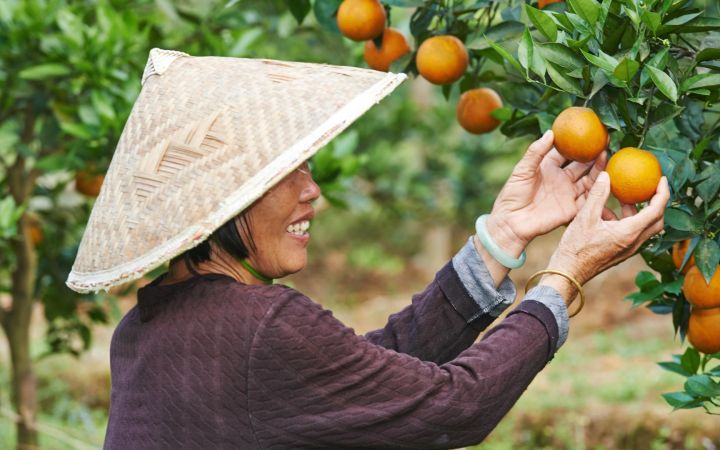3 June 2022
An Alice Springs construction company is heading out to Hermannsburg to build new homes among the gum trees made famous by Albert Namatjira, after being awarded a $6.4 million contract through the Territory Labor Government’s remote housing program.
Pederson NT will be bringing Hermannsburg locals on board for the construction project which includes 12 new homes and the demolition of two houses that are beyond economic repair.
The community that was established on Western Arrernte land 145 years ago by Lutheran missionaries has already received significant housing and infrastructure investment.
A 30-lot subdivision completed in 2020 features ten new homes, with a further 11 currently under construction.
Throughout the wider community, three new homes have been completed with five underway and another one planned.
Pederson NT employs a team of 12 including several Aboriginal workers – two of whom are site supervisors. The company plans to employ residents from Hermannsburg to help build the houses and is aiming for a 40 per cent local employment target.
Members of the Hermannsburg community have helped to plan the new homes, which will range from one to five bedrooms.
Quotes attributable to Minister for Housing and Homelands Selena Uibo:
“This is fantastic news for the Hermannsburg community and I know residents have been looking forward to this announcement. It means that we are well underway to achieving the local target of 42 new homes.
“These works are just a small part of our investment in the southern half of the Northern Territory. We have awarded tenders for housing works in 20 communities, zig-zagging across Central Australia and the Barkly from Alpurrurulam to Pmara Jutunta, down to Finke, across to Kaltukatjara and in-between.
“The Territory Labor Government is serious about alleviating overcrowding and improving liveability in our communities, and we know it is making a valuable difference to those Territorians who live in some of the most remote places in the country.”








